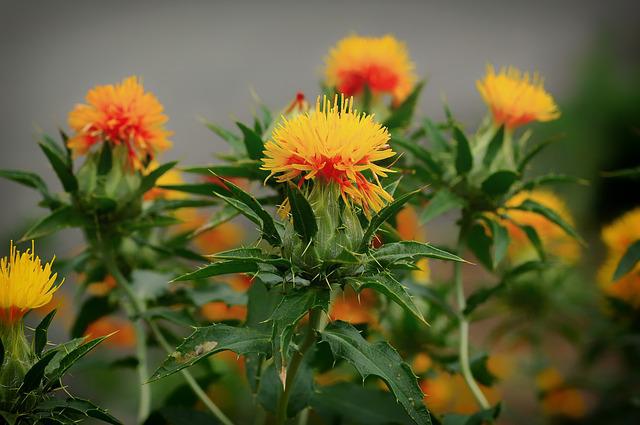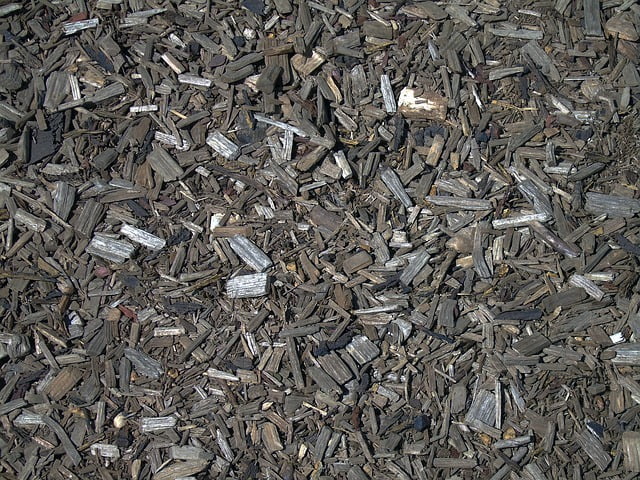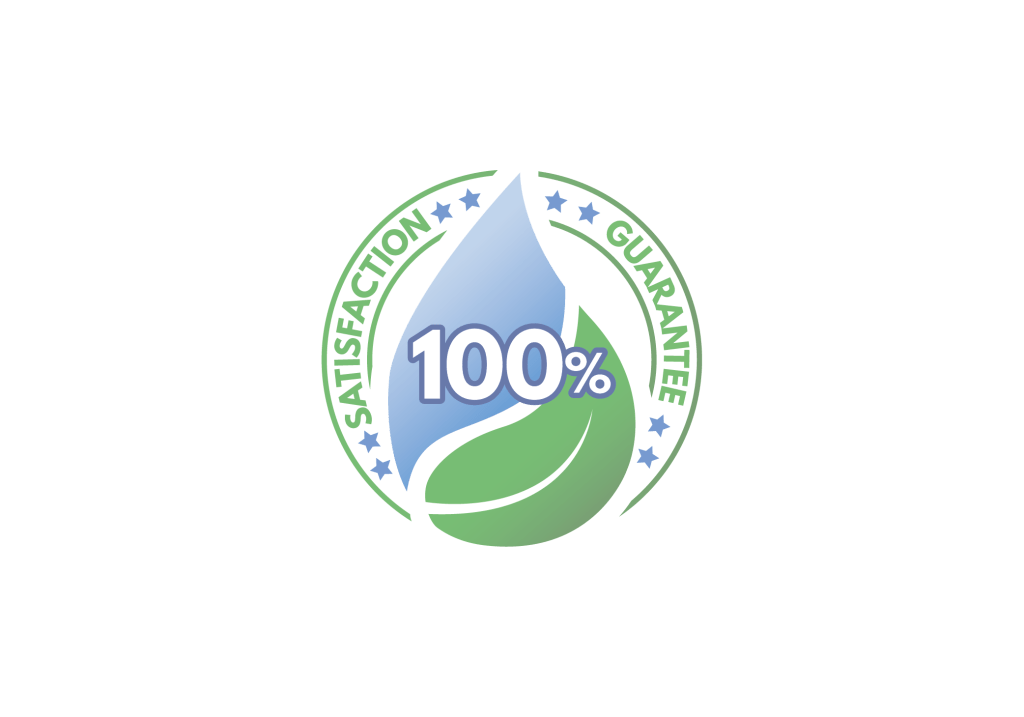Organically Kill Crabgrass with These 8 Steps

Do you have a problem with crabgrass? If so, you’re not alone. Crabgrass is one of the most annoying problems that you can find on your lawn. Below are the steps that you can take to organically kill crabgrass and help your yard stay crabgrass free. 8 Steps to Organically Kill Crabgrass Soak Your Soil […]
3 Big Benefits of Mulch Delivery

The weather is nice, and that means you are probably thinking about your garden. Have you considered having mulch delivery rather than going to the store and picking it up yourself? Below are 3 benefits of mulch delivery. Mulch Delivery Benefit 1 – No Lifting and Loading When you are purchasing the mulch at a […]
DIY Christmas Foliage Decor
This holiday season, impress your guests and neighbors with homemade Christmas decor made from the greenery in your yard! At some point, a lot of hard work went into keeping those plants alive so let them work for you now! The holidays are tough enough on our wallets without going to Michael’s and buying […]
Backyard Apple Growing
One of my favorite past times is going apple picking at one of the many Rhode Island orchards. I can remember being so shocked by the varieties grown here in Rhode Island. “What? There’s more than just McIntosh, Granny Smith, Fuji, Gala, and Honey Crisp?!” Our economy favors monocultures and of the thousands of varieties […]
Winter Pruning Techniques
Cold weather is upon us. The days are shorter, the heat has been turned on, and we’ve all thrown an extra blanket or two on our beds. A lot of us will stay inside until we absolutely have to go out for something. We think longingly of the spring and summer days spent planting, mowing, […]

